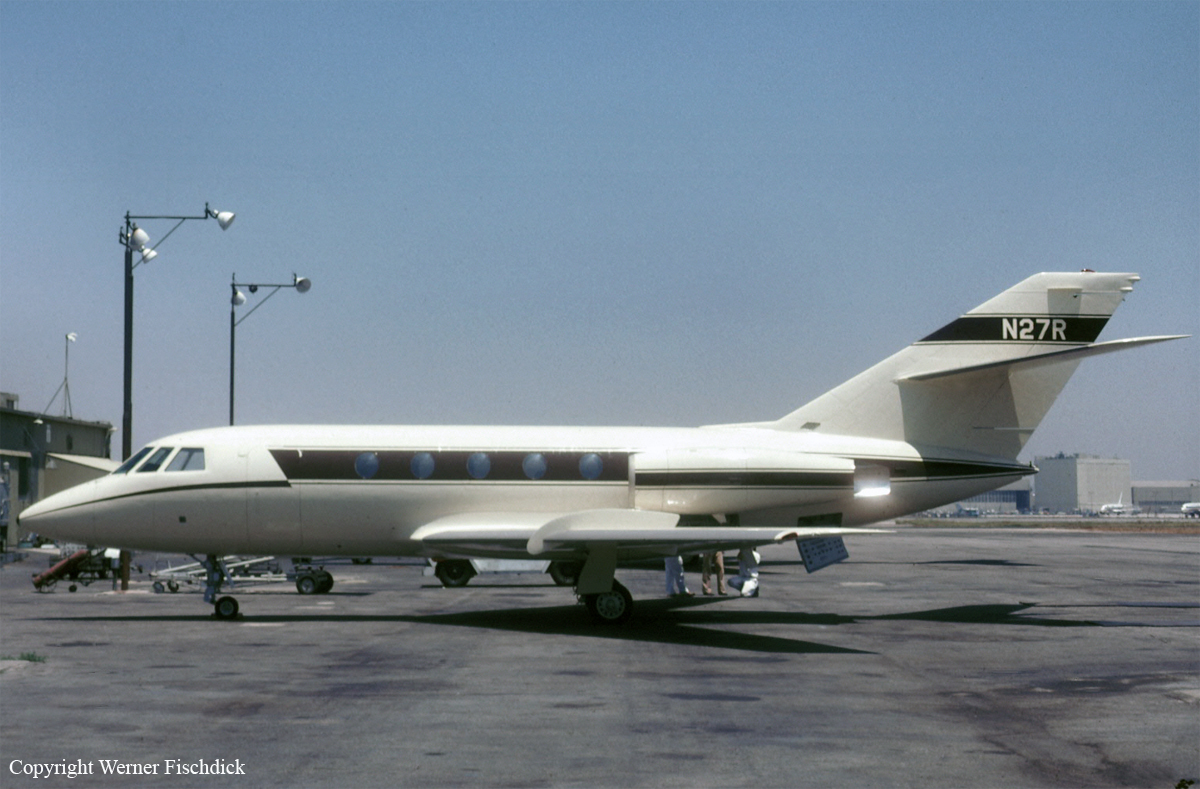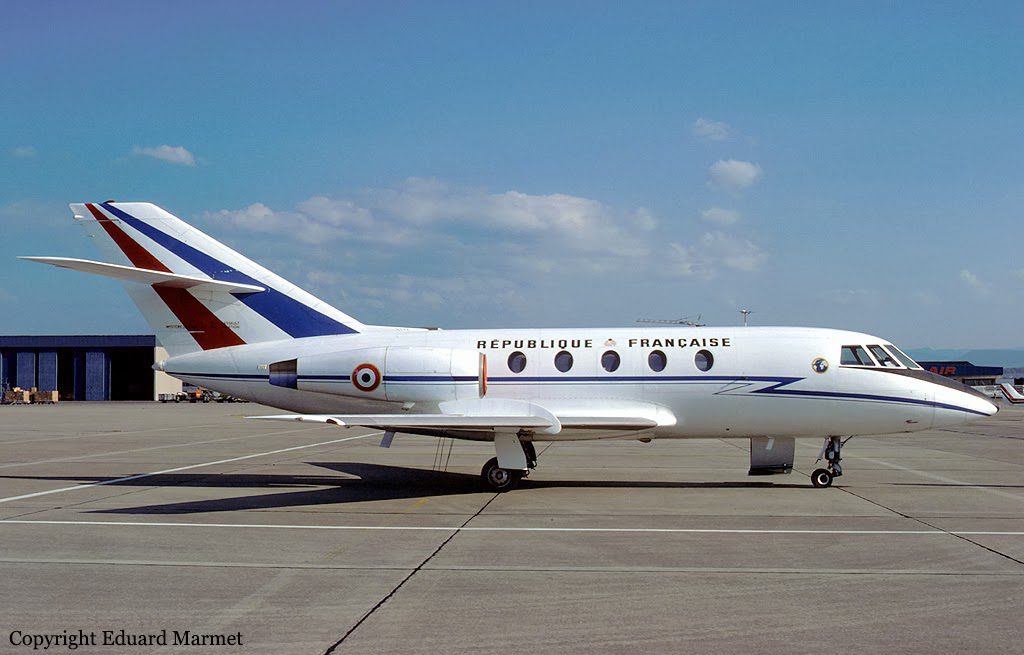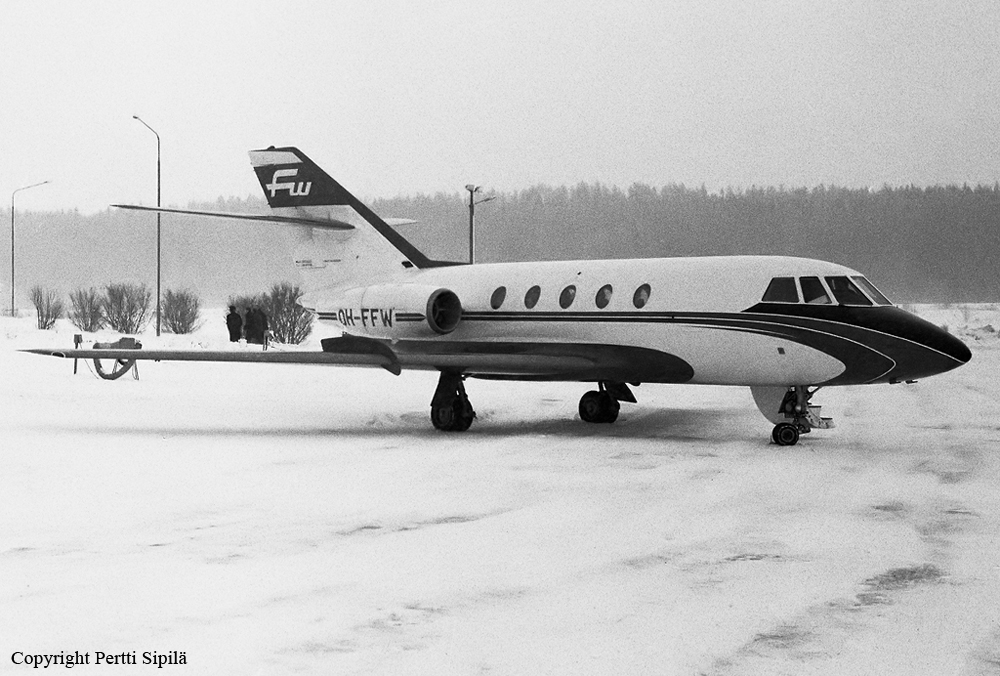Crash of a Dassault Falcon 20C in Memphis: 4 killed
Date & Time:
May 18, 1978 at 1210 LT
Registration:
N121GW
Survivors:
No
Schedule:
Memphis - Memphis
MSN:
4
YOM:
1965
Crew on board:
4
Crew fatalities:
Pax on board:
0
Pax fatalities:
Other fatalities:
Total fatalities:
4
Captain / Total hours on type:
350.00
Circumstances:
The crew was performing a local training flight at Memphis Airport. Following several maneuvers and while circling in the traffic pattern at an altitude of 2,000 feet, the twin engine airplane collided with a private Cessna 150 registered N6423K and carrying two pilots. Following the collision, both airplane entered a dive and crashed about 3,8 miles west of the airport. All six occupants in both aircrafts were killed.
Probable cause:
The in-flight collision on approach was the consequence of a poor ATC coordination. The following contributing factors were reported:
- The pilot-in-command failed to see and avoid other aircraft,
- Inadequate spacing of aircraft on part of ATC,
- ATC failed to advise of other traffic,
- Under radar contact and controlled airport,
- No evasive action taken,
- No traffic advisory issued,
- The controller of Falcon assumed coordination had been accomplished between local controllers.
- The pilot-in-command failed to see and avoid other aircraft,
- Inadequate spacing of aircraft on part of ATC,
- ATC failed to advise of other traffic,
- Under radar contact and controlled airport,
- No evasive action taken,
- No traffic advisory issued,
- The controller of Falcon assumed coordination had been accomplished between local controllers.













